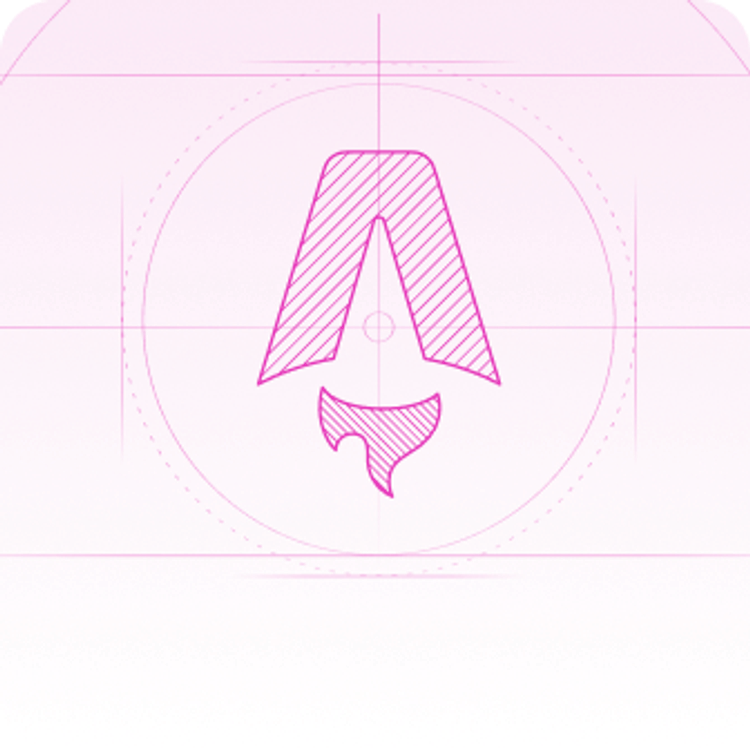Sanity Docs
Start building with Sanity's Content Operating System. Explore guides, examples, resources, and references for our platform and applications.
Quickstarts
Getting started
Set up Sanity with your favorite framework in minutes.
Or start with a template→New to Sanity? Start here
Get to the Sanity ecosystem and how to get started.
How schemas work
Learn about schema types and how to create content models
GROQ Cheat sheet
Quick reference for common query patterns with GROQ
Visual Editing
Set up live preview, click-to-edit, drag'n'drop for Sanity Studio
Sanity MCP server
Enable AI assistants to interact with your Sanity workspace through the Model Context Protocol (MCP).
Best practices for AI-powered Sanity development
Set up the Sanity Agent Toolkit and MCP server to help AI assistants generate high-quality Sanity code that follows established best practices.
Schema
A schema describes the types of documents and fields editors may author in a Sanity Studio workspace.
HTTP API
Interactive reference for HTTP endpoints
Library Reference Docs
Typedoc reference documentation for Sanity's JS-based libraries and SDKs
CLI
Command Line Interface for local development
Tools and libraries
Integration, tools, and utilities for Sanity development
Developer guides
Official implementation guides for common patterns and solutions
Courses and certifications
Get work-ready with Sanity
Join the community
Get help, share projects, and hang out with other Sanity devs
Explore templates
Official and community contributed templates to kick-start a new project or get inspired from
User guides
Guides for apps and user interfaces for those who work with content



